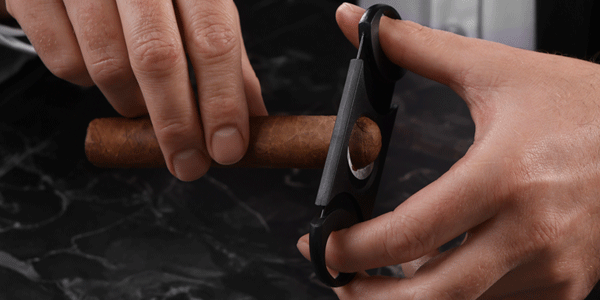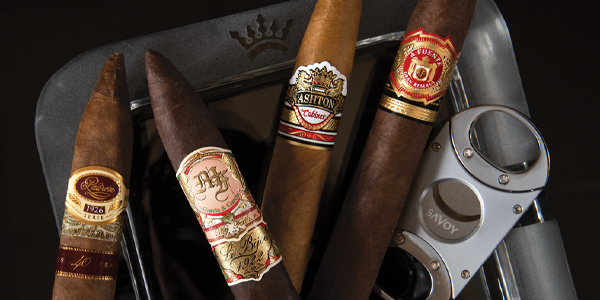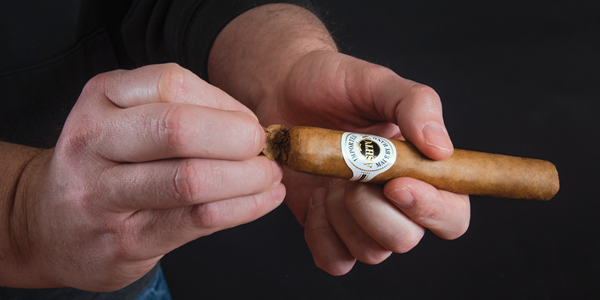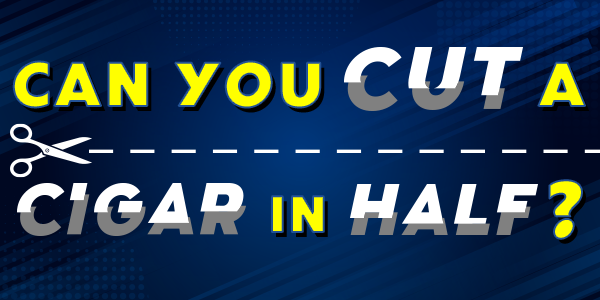Do You Cut Both Ends of a Cigar?
We’ve gone over all the basics when it comes to properly cutting and lighting a cigar. One question that a lot of beginners ask is, “Do you cut both ends of a cigar?” The answer is no. Although seasoned cigar smokers may chuckle and shrug their shoulders over the obviousness of the answer, there is no such thing as a foolish question. We’re happy to explain to all of the novices out there why you don’t cut both ends of a cigar. Let’s dive into this fundamental question.
Which End of the Cigar Do You Cut?
You cut the end of the cigar that’s closed, which is called the cap. The cap is the tip of the head of the cigar. The head is the portion of the cigar that’s located, in most cases, closest to the cigar band. The cap on a cigar is a small piece of wrapper leaf applied by the roller during the final stages of rolling a cigar. The roller cuts the cap from the wrapper with a chaveta, a crescent-shaped blade. The roller affixes the cap to the cigar’s head with pectin, or cigar glue, a food-safe adhesive similar to what’s on the back of a stamp. The best cigarmakers insist on applying a Cuban-style triple cap to the heads of their cigars. The cap serves an essential purpose. It prevents the wrapper from unraveling while you smoke and minimizes the chance that loose tobacco will enter your mouth.
Why Do You Cut the Cap on a Cigar?
You have to cut the cap on a cigar before you can light it. Cutting the cap allows air to pass through the barrel, or the body, of the cigar when you draw upon it. After you cut the cap, you can light the foot of the cigar by toasting it with a lighter or matches. As you pull air through the cigar by drawing on it, the binder, filler, and wrapper tobaccos will combust.
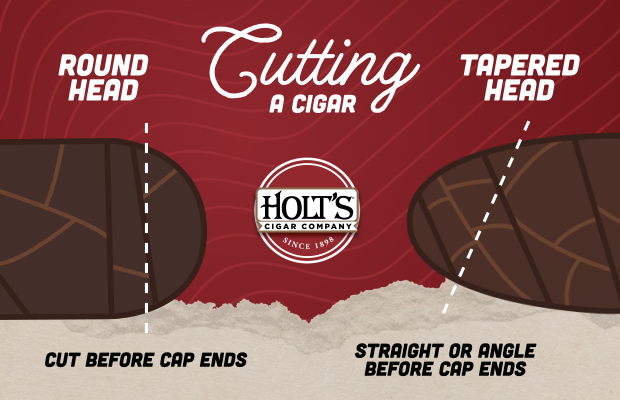
Three Ways to Cut a Cigar
You can cut the cigar’s cap three ways, depending on whether you prefer a loose draw or a tighter draw. A straight cutter, or guillotine, removes most of the cap, ensuring more airflow in the draw. A punch cutter carves a small hole in the cap, restricting the airflow and resulting in a tighter draw. A V-cutter carves a V shape into the head of a cigar. V-cutters are often used on Torpedos and Figurados, or cigars with a tapered head. A V-cutter provides a draw with more surface area, while maintaining the structural integrity of the cigar’s shape when the head is pointed.
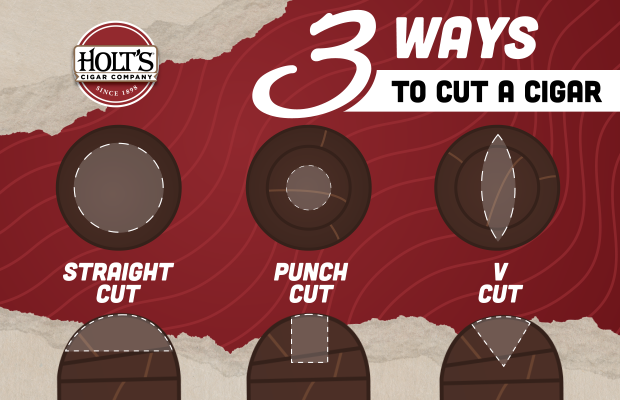
Which End of the Cigar Do You Light?
The open end of the cigar is called the foot, and that’s the end you light. The anatomy of a cigar is straightforward. However, premium cigars are rolled in a wide variety of shapes and sizes, which can confuse new cigar smokers when deciding which end to cut. Never cut the foot of a cigar, even if it’s closed.
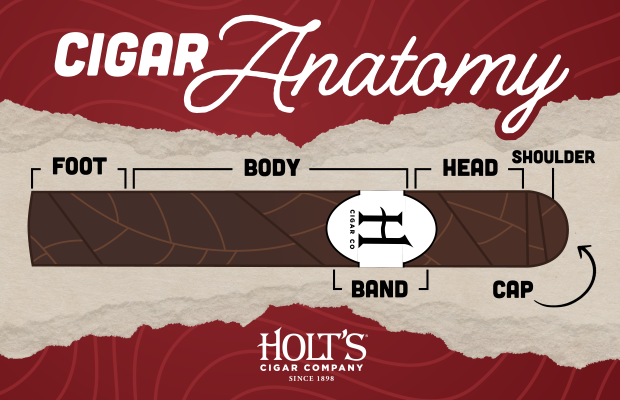
Why Do Some Cigars Have Two Closed Ends?
Some cigars are rolled in shapes called Perfectos, which is a type of Figurado. These are essentially “figured” shapes, or cigars that taper with asymmetrical contours. Arturo Fuente Hemingway is the most famous example of a Perfecto. Each size features a bulbous shape with a small opening at the foot. Do not cut the foot. Simply light the tip of the bulbous portion of the cigar. During the first few minutes of smoking a Perfecto, the draw will be tighter, and you’ll taste more flavor from the wrapper leaf. Only the most experienced cigar rollers in a factory can produce complicated shapes, such as Perfectos.
In other rare cases, a cigar may have a closed foot. To make a cigar with a closed foot, the roller covers the foot of the cigar with excess wrapper leaf. Standard cigar shapes, such as Robustos and Toros, can have a closed foot. A closed foot looks crude, but it is also designed to impart flavor directly from the wrapper leaf in the first moments of smoking. Do not cut a closed foot on a cigar. Light it up and enjoy.

